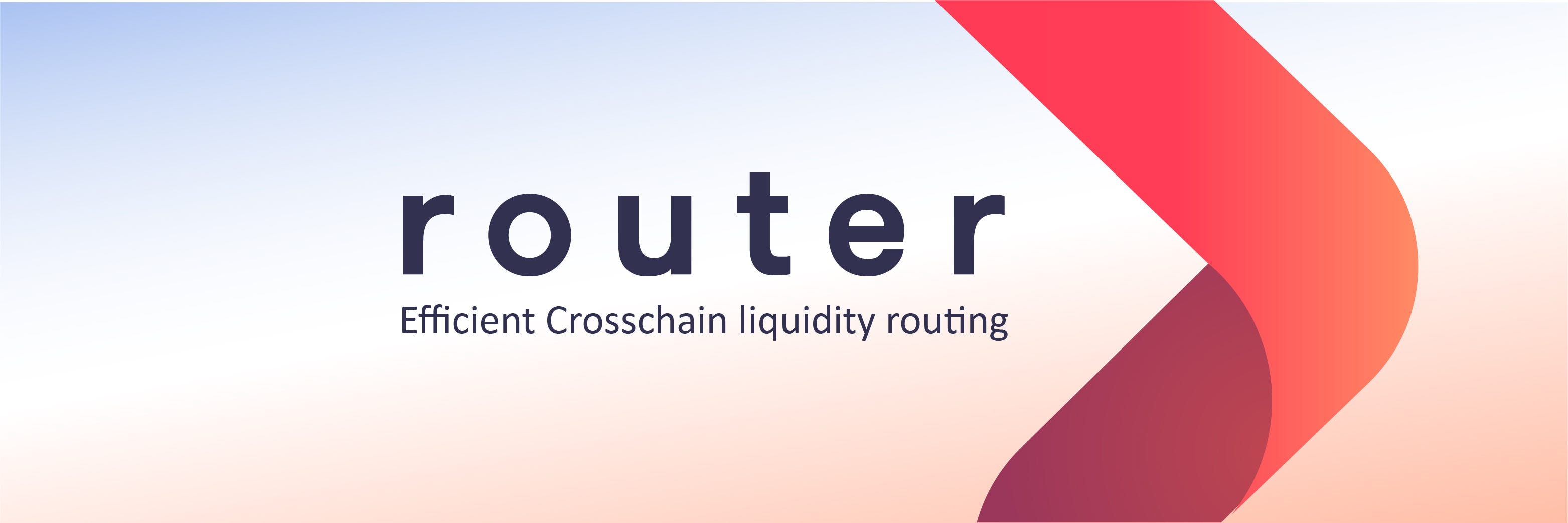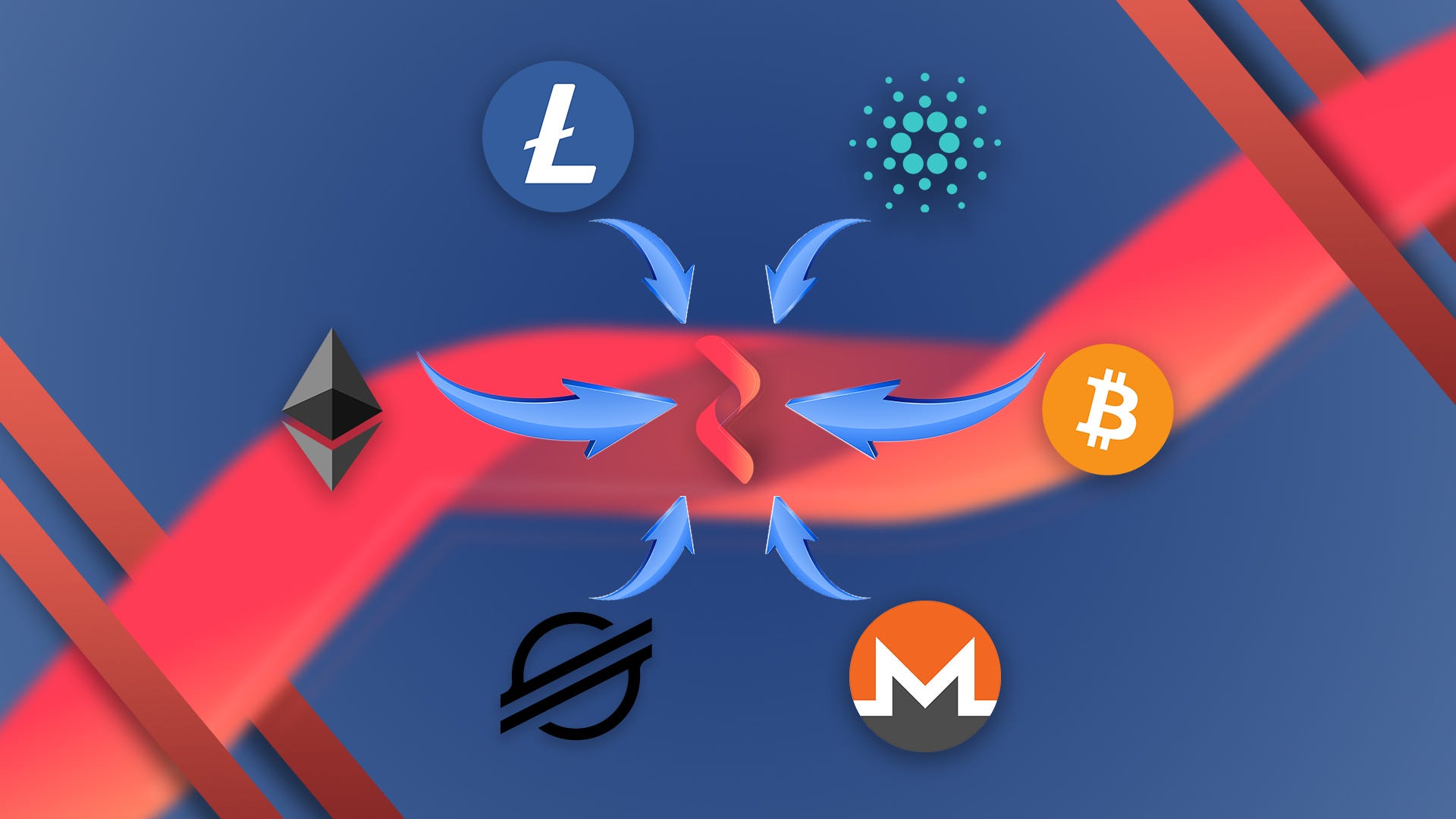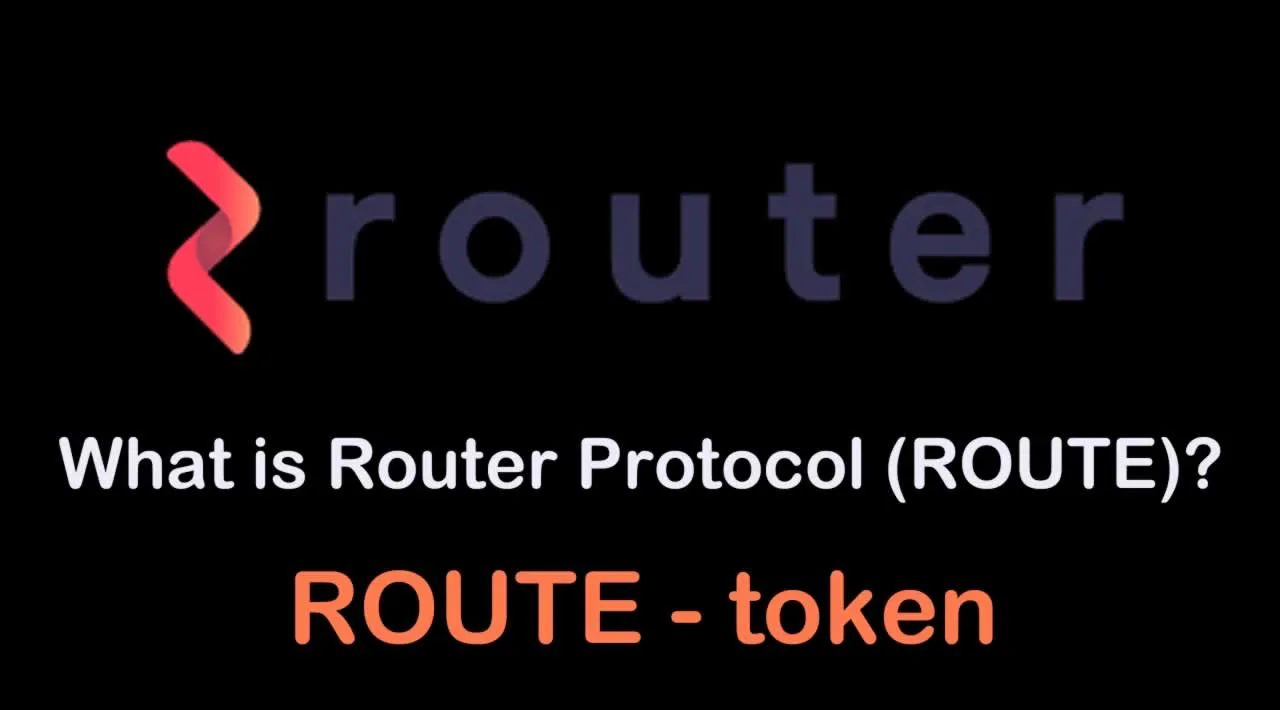What is Router Protocol (ROUTE) | What is Router Protocol token | What is ROUTE token
Router Protocol is a crosschain-liquidity aggregator platform that was built to seamlessly provide bridging infrastructure between current and emerging Layer 1 and Layer 2 blockchain solutions. The goal is to enable users to swap their assets from different networks seamlessly in a near-instant and low-cost manner
On cross-chain liquidity: Introducing the Router Protocol

As a multi blockchain future becomes a reality, there is a critical need for infrastructure that can port liquidity across chains for the ecosystem to develop.
Ethereum has been great — It is the first Turing-complete, trustless ‘world computer’ of its kind. And we are just tapping into the full potential of Ethereum, which should be unleashed with Eth 2.0 and its transition to POS over the coming months and years.
However the fact remains that, scalability efforts are still in their early days, as most platforms continue with the scalability trilemma — the trade off between decentralization, scalability and security. Layer 2 solutions include Bitcoin’s Lightning network, as well as multiple solutions for Ethereum such as Plasma. Layer 1 solutions include Sharding, as well as consensus protocol changes that inevitably involve various sliding-scale trade offs across the axes of the scalability trilemma. While Eth 2.0 promises tps (transactions per second) figures of over 100000 at some point in the future, there are significant technical hurdles to be overcome before the sharding in ETH 2.0 can get there. In the meanwhile, most major blockchain solutions offer tps figures far less than that seen on Visa, Mastercard or PayPal, which are atleast 1500 tps, even from a conservative standpoint.
Therefore we have multiple efforts addressed towards scalability — In addition to Eth 2.0 there are consensus protocol approaches such as Dfinity, Tezos, Polka and Cosmos as well as Layer 2 solutions such as Matic, Omisego, xDAI etc. There is no one conclusive winner yet, and it might be that the future of blockchains will be multi-chain for quite a while, with a fragmented market with liquidity and developer community dispersed across these.
In this scenario, what will be needed is the infra that will seamlessly port liquidity between these isolated liquidity pools, almost like highways connecting far flung cities. The development of railways starting in the early 1800s helped develop the US economy and laid foundations for it to become the super power of the 20th century; This also led to the development of various cities across the United States. Similarly, cross-chain bridging infrastructure will help promote liquidity migration and developer efforts towards various emerging chains and solutions, and eventually lead to a thriving, bustling blockchain ecosystem.
Router is a cross chain liquidity infrastructure primitive that aims to seamlessly provide bridging infra between various current and emerging layer-1 and layer-2 blockchain solutions, such as Matic and Ethereum.
Progressively, Router plans to build out bridging infra between multiple other chains in its roadmap. Stay tuned as we roll out the product and expand on our roadmap over the coming few weeks.
Router Protocol is set on building a cross-chain future

The decentralized ecosystem consists of over 6,000 cryptocurrencies that currently operate in closed-off, isolated infrastructures, unable to access neither the liquidity nor the functionality offered by each other. Protocols and communities across the entire industry are continually battling each other to claim their spot in the emerging Web 3.0 paradigm. And while the rise of Web 3.0 is inevitable, it’s still too early to tell what the ecosystem will look like — will it evolve into a monopoly, with the entire space dominated by a single blockchain platform, or will it turn into an oligopoly, where a handful of protocols control the market?
What is clear, however, is the need for bridging these fragmented networks. With these 6,000 different cryptocurrencies on the market encapsulating over $752 billion in value, there has never been a more pressing need for porting liquidity across them. As more institutional investors join the crypto space, the need for better efficiency and flexibility increases almost exponentially.
The crypto industry was built on a fundamental premise; the fragmentation and limitations endemic to traditional finance needed to be replaced with a better, more robust system built with user needs front and center. The world of traditional finance, while dealing with a wide variety of asset classes, is a deeply flawed one — the limitations it essentially put upon itself do more to facilitate rent-seeking behavior than actually benefiting its users. Unfortunately, several of these legacy encumbrances have been grandfathered into our new world of blockchains.
When the need to transfer assets from one blockchain system to another occurs, users are kept in the dark on exactly what goes on under the hood, and are forced to pay high fees to facilitate technically simple transfers. For example, when writing this post — the cost of transferring value on Ethereum is almost at all-time high of $10+ and if you want to use a service like Uniswap to swap tokens — the fees is north of $50.
Router Protocol wants to resolve this issue, which is becoming increasingly important as the world gets more globally connected. We at Router believe that the future lies in cross-chain interoperability. The crypto industry doesn’t have to suffer from the fragmentation seen in traditional finance.
One of the most integral parts of the emerging Web 3.0 paradigm is liquidity farming. While opinions are divided on the topic, liquidity farming is here to stay and should be seen as a largely positive development in the crypto industry. Unlike the data farming that shaped the Web 2.0 era, yield farming in the Web 3.0 ecosystem will provide users with real, tangible benefits — a steady trickle of yield.
With Web 3.0 being all about startups building products around various facets of capital flows, the rise of financial primitives such as loans seems inevitable.
But, the trustless, open-source nature of the emerging Web 3.0 ecosystem is set to result in a large number of closed-off projects, each competing for a tiny part of the market. Such a fragmented market is set to produce multiple Layer 1 and Layer 2 solutions working to make their systems more efficient.
As a cross-chain liquidity infrastructure primitive, Router Protocol aims to provide a seamless bridge between those Layer 1 and Layer 2 blockchain platforms. Aside from connecting blockchains and enabling a free flow of information, Router will also make smart order-routing possible, enabling users to swap their assets from different networks seamlessly. Utilizing Router will be completely transparent and users will be able to see what goes on “under the hood” every time they interact with the protocol.
Liquidity Landscape after Router Protocol
Being transparent, however, doesn’t have to mean being complicated. Those interacting with Router Protocol will be able to enjoy a rather hands-off user experience — when swapping assets, the system will automatically find the best market price and execute the swap.
The first major product coming from Router Protocol will be a bridge between the Matic Network and Ethereum. A bridge between Matic and Ethereum will provide a scaling solution to Ethereum that is near-instant, low-cost, and incredibly flexible. It will enable users to get the best of both worlds — Matic users will reap the benefits of Ethereum’s unprecedented liquidity, while Ethereum users will be able to utilize Matic’s scalability and high throughput.
In the future, Router plans on building bridging infrastructure between multiple other blockchains and blockchain solutions. Stay tuned as we roll out new products and expand our roadmap in the coming weeks. Router protocol will extend interoperability to many different layers. We are currently considering Avalanche, Binance Smart Chain, Cardano, Algorand, Solana, Stellar, Polkadot, and Litecoin.
Total Supply: 20,000,000 ROUTE
Initial Circulating Supply: 1,022,865 ROUTE
Token Distribution
Seed Round: 600,000 ROUTE, 3.00% of Total Supply
Private Round: 1,521,818 ROUTE, 7.61% of Total Supply
Reward Pool: 3,444,000 ROUTE, 17.22% of Total Supply
Ecosystem Fund: 5,084,000 ROUTE, 25.42% of Total Supply
Team: 3,000,000 ROUTE, 15.00% of Total Supply
Liquidity Provision Fund: 350,000 ROUTE, 1.75% of Total Supply
Foundation: 4,000,000 ROUTE, 20.00% of Total Supply
Strategic Partners: 2,000,000 ROUTE, 10.00% of Total Supply
Token Vesting Schedule
Seed Round: Vesting over 15 months with 6 month cliff
Private Round: Vesting over 9 months
Reward Pool: Locked in Smart Contract for daily distribution over 12 months per reward programs
Ecosystem Fund: 8% unlock at day 0, 7% unlock at month 3, remaining distributed monthly 17 months
Team: 10% unlock at month 9, remaining distributed monthly for 12 months
Liquidity Provision Fund: 80,000 unlock at day 0, 30,000 at day 30, remaining distributed quarterly for 12 months
Foundation: 10% unlock at month 9, remaining distributed monthly for 12 months
Strategic Partners: Vesting over 12 months
Initial Circulating Supply at listing:1,022,865 ROUTE(5.11% of Total Supply), including:
-304,364 ROUTE from private investors unlock
-80,000 ROUTE from liquidity provision fund
-406,720 ROUTE from ecosystem fund
-31,371 ROUTE from reward pool
-200,000 ROUTE from strategic partners
Looking for more information…
☞ Website ☞ Explorer ☞ Source Code ☞ Social Channel ☞ Message Board ☞ Message Board 2 ☞ Coinmarketcap
Would you like to earn ROUTE right now! ☞ CLICK HERE
Top exchanges for token-coin trading. Follow instructions and make unlimited money
☞ Binance ☞ Bittrex ☞ Poloniex ☞ Bitfinex ☞ Huobi
Thank for visiting and reading this article! I’m highly appreciate your actions! Please share if you liked it!
#blockchain #bitcoin #crypto #router protocol #route
